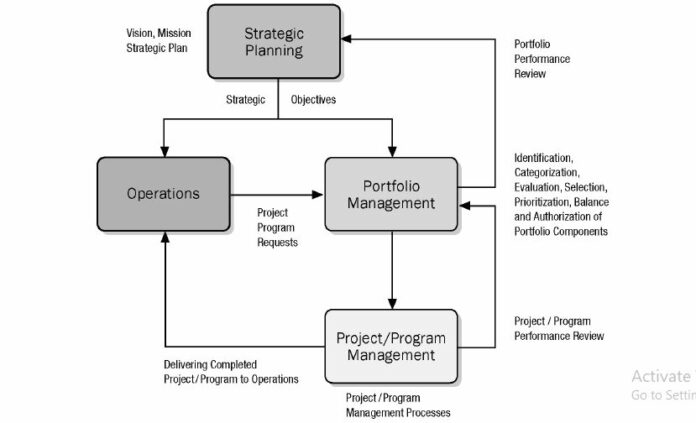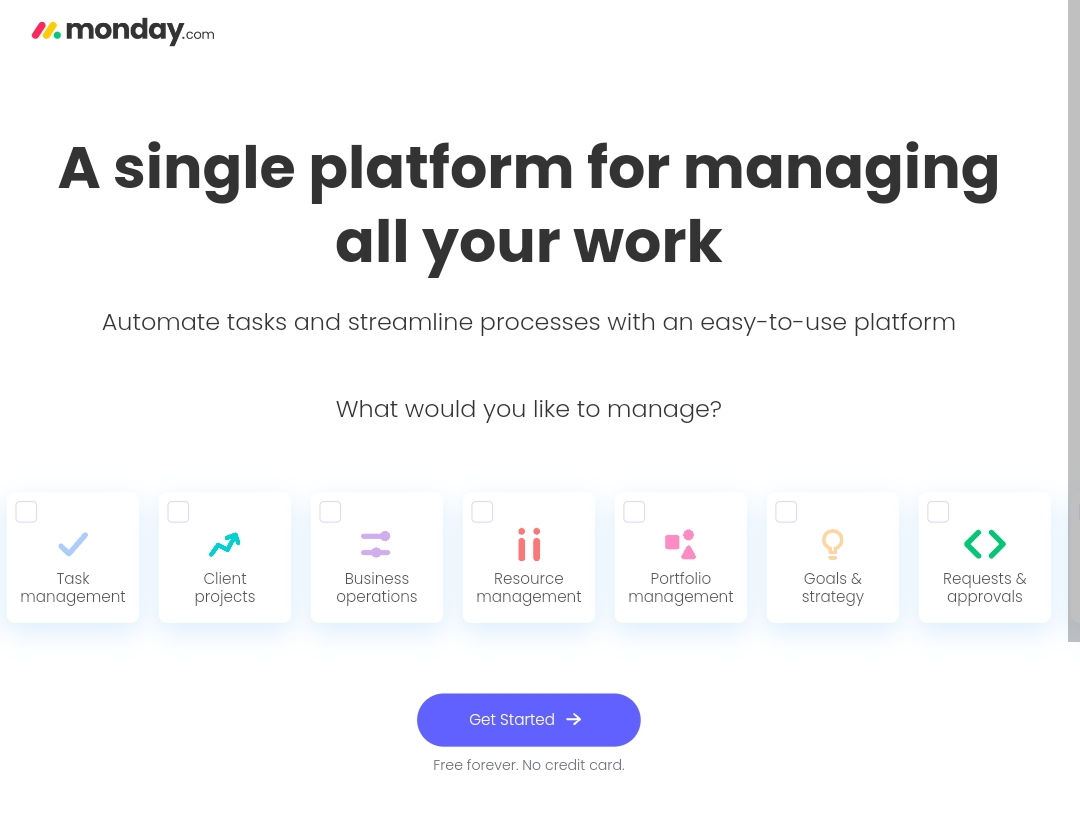IT Project Management Practices Guide PDF Download Free
The IT Project Management Practices Guide (Guide) contains a repeatable, institution-wide approach for the management of application development and/or software procurement and deployment projects. These project management (PM) practices are transferable to other types of projects (beyond IT) that would benefit from project management. The following sections of the Guide represent the ordered steps for each project, to ensure that proper activities and management are utilized:
- Step 1. Application of Project Management – distinguishes what types of work should and should not be categorized as projects and includes the general flow of projects from idea into deployment. This step also defines and outlines project management process groups;
- Step 2. Project Classification – assigns a classification level to a project based on a combination of complexity and risk; this step also defines projects that require an additional level of management, as defined by State of Texas guidelines;
- Step 3. PM Required Processes – details processes required to be completed for each level of the project, as classified in Step 2; and Step 4. Document Management – outlines document management requirements for documents created as part of PM Required Processes.
Project Management Process Groups
- Initiating Processes: defines and authorizes the project or a project phase – Planning Processes: defines and refines objectives, and plan the course of action required to attain the objectives and scope that the project was undertaken to address
- Executing Processes – integrates people and other resources to carry out the project management plan for the project
- Monitoring & Controlling Processes: regularly measures and monitors progress to identify variances from the project management plan so that corrective action can be taken, when necessary, to meet project objectives
- Closing Processes: formalizes acceptance of the product, service, or result and brings the project or a project phase to an orderly end
Within each Project Management Process Group, there are many processes that can be used to manage a project. Based on the classification of each project, different combinations of processes should be used to successfully complete the project.
Some factors included in this classification include:
- complexity of scope
- risk
- size
- time frame
- institutional experience
- access to resources
- maturity
- and currently available resources.
The Project Classification Model described in the next section includes the most predominant factors contributing to determining the Classification Level of a project. The section also includes the Project Management Processes required to successfully implement a project.
Good vs Bad Project Managers
Learn what it means to be a good or a bad project manager.






